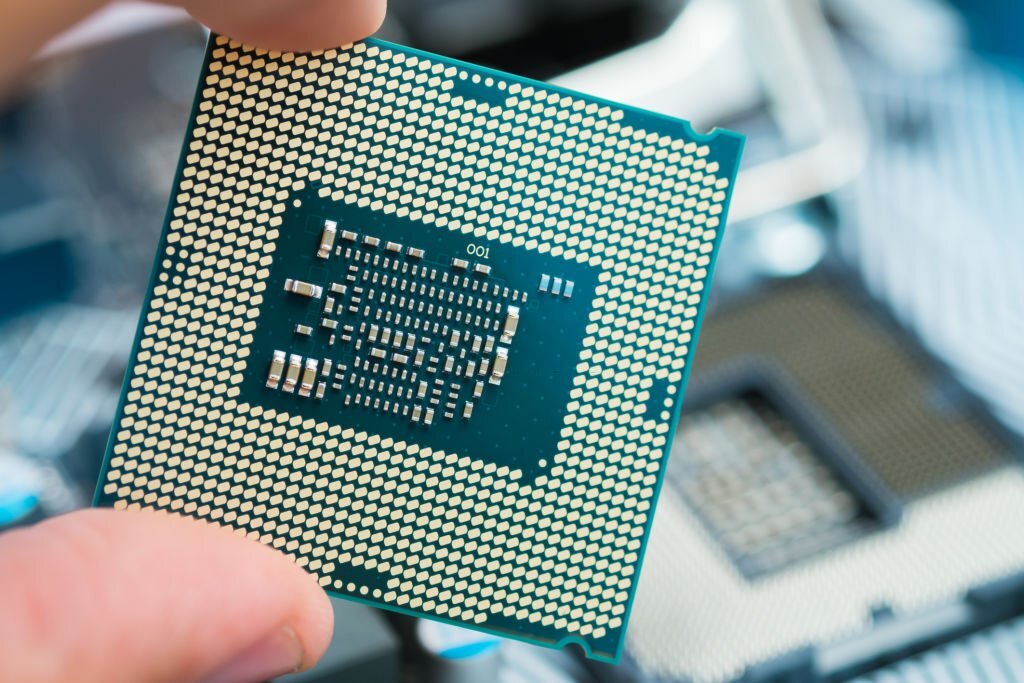An embedded system is a specialized computer system designed to perform dedicated functions or tasks within a larger system. Unlike general-purpose computers that can run a wide variety of applications, embedded systems are designed for specific applications and are often optimized for performance, power efficiency, and size constraints. They can be found in a wide range of devices and systems, including consumer electronics, industrial machinery, medical devices, automotive systems, and more.
Key characteristics of embedded systems include:
Dedicated Functionality: Embedded systems are used to perform specific tasks or functions. For example, a microwave oven’s embedded system controls the cooking process, while a car’s embedded systems manage various aspects like engine control, anti-lock braking, and infotainment.
Real-time Operation: Many embedded systems require real-time processing, meaning they must respond to events or inputs within a specified timeframe. Real-time systems can be classified as hard real-time (strict timing constraints) or soft real-time (less strict timing constraints).
Resource Constraints: Designers must optimize their systems to operate efficiently within these constraints.
Integration: They may include microcontrollers, microprocessors, sensors, actuators, communication interfaces, and software.
Custom Hardware and Software: Embedded systems are often designed with customized hardware and software tailored to their specific tasks. This allows for efficient execution of functions without the overhead of running a full-fledged operating system.
Power Efficiency: Many embedded systems are battery-powered or have power limitations. As a result, power efficiency is a critical consideration in their design to extend battery life and reduce energy consumption.
Communication Interfaces: Embedded systems often communicate with other devices or systems. They may use various communication protocols such as UART, SPI, I2C, Ethernet, Wi-Fi, Bluetooth, and more.
Development Tools: Designing embedded systems involves specialized tools for hardware design (circuit design, PCB layout) and software development (cross-compilers, integrated development environments, debugging tools).
Safety and Reliability: In safety-critical applications like medical devices, aerospace systems, and automotive systems, embedded systems must meet stringent safety and reliability standards.
Firmware: Embedded systems typically use firmware—a type of software that is permanently programmed into a hardware component. Firmware controls the behavior of the hardware and is often stored in non-volatile memory.
Examples: Examples of embedded systems include microcontrollers in household appliances, control systems in industrial machinery, navigation systems in vehicles, medical monitoring devices, smart home automation systems, and more.
As technology advances, embedded systems are becoming more sophisticated and interconnected. The rise of the Internet of Things (IoT) has led to the development of embedded systems that communicate with each other and with central servers, enabling new levels of automation and remote control.
